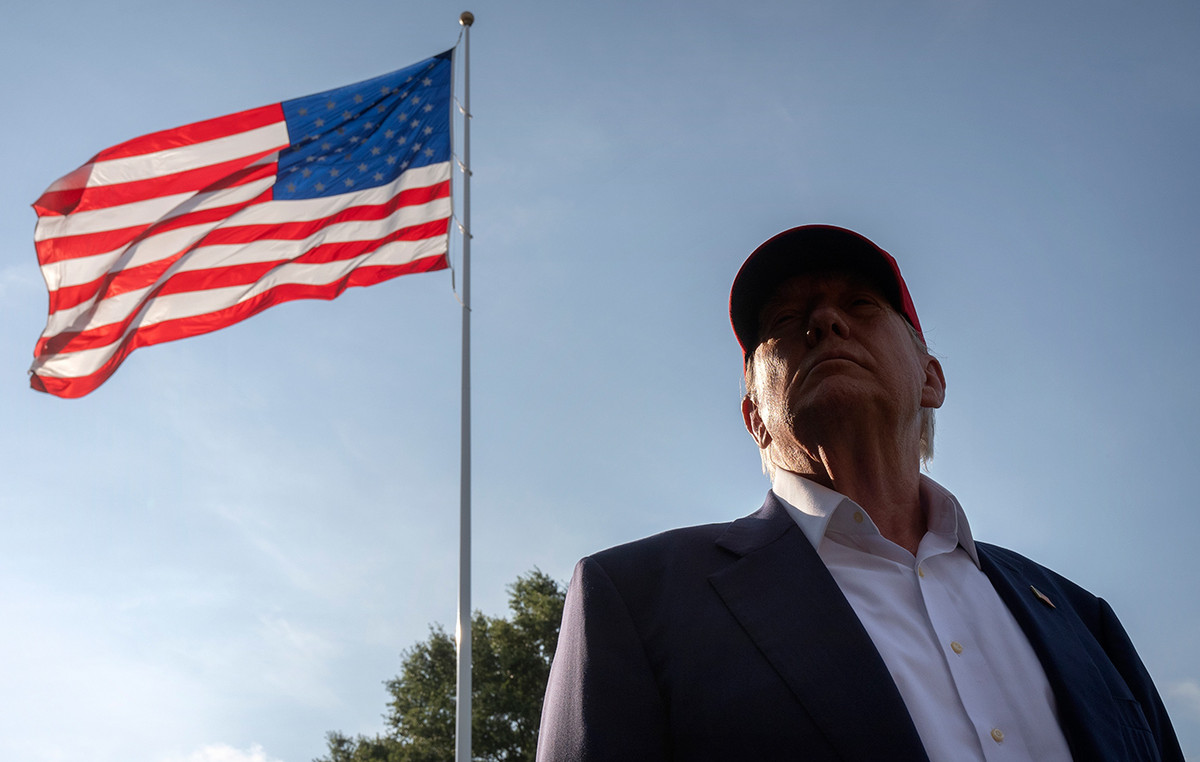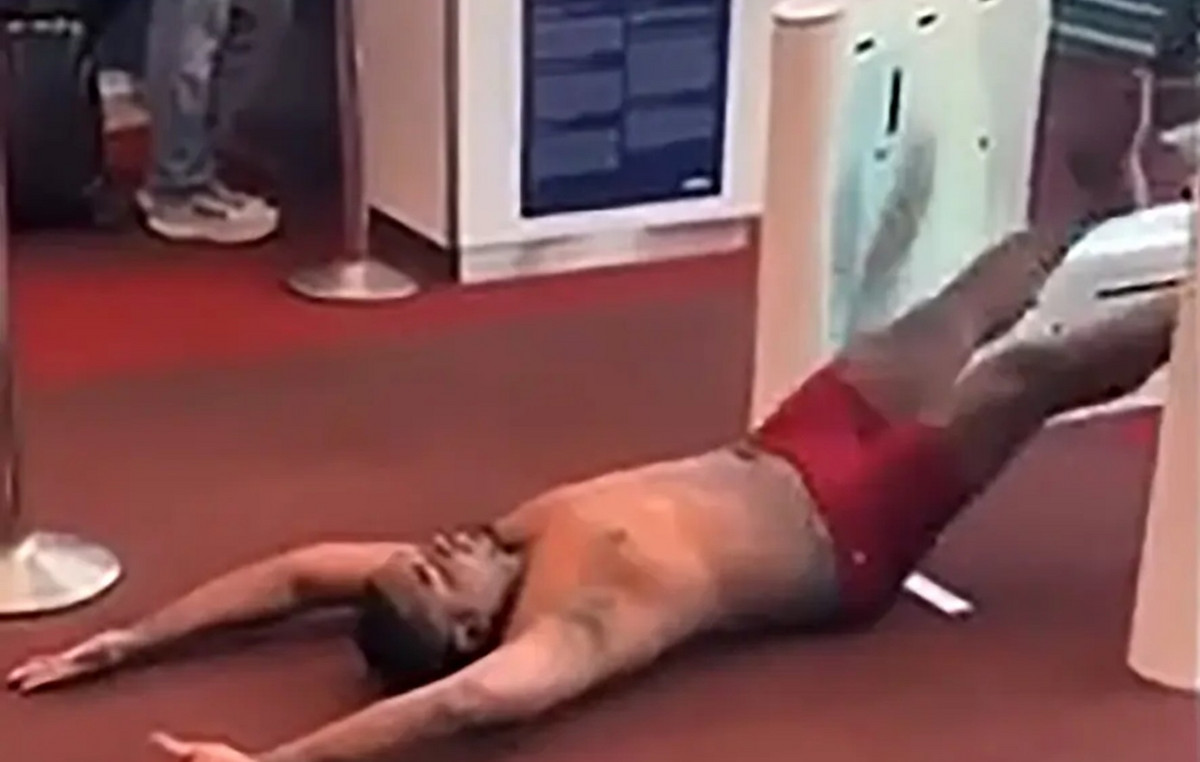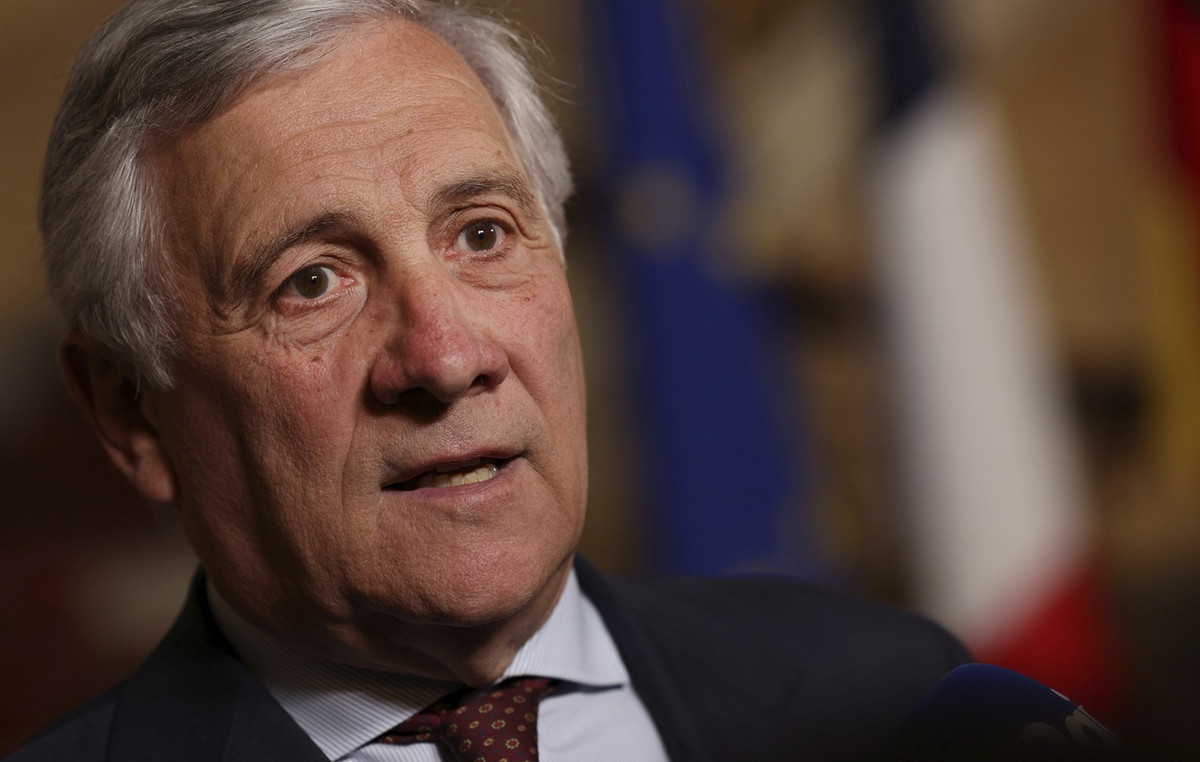Abstinence is one of the main challenges in the path of those who decide to stop smoking. Symptoms can vary from one person to another depending on the level of addiction. Reactions can be fleeting and tend to disappear within a few weeks.
Effect of a set of reactions triggered in the body, the nicotine withdrawal syndrome can include headache, irritability, difficulty concentrating, anxiety and sleep disturbance (see the picture below ). In some cases, people may experience increased appetite, sadness, and signs of depression.
“The trend over time without the consumption of nicotine through cigarettes, tobacco products or even electronic devices for smoking, is that the number of nicotine receptors in the cells of the nervous system gradually decreases and, therefore, the avidity for this drug decreases and, slowly, the withdrawal symptoms also decrease”, explains pulmonologist Gustavo Prado, from Hospital Alemão Oswaldo Cruz, in São Paulo.
O World No Tobacco Day celebrated this Tuesday (31), promotes awareness of the harm caused by smoking to health.
According to psychologist Vera Lucia Gomes Borges, technician at the Tobacco Control Division of the National Cancer Institute (Inca), initial discomfort is one of the greatest difficulties in the battle against smoking.
“Anyone who wants to quit smoking needs to know that the symptoms of cigarette withdrawal are transitory and will pass. The first week can be the hardest, but that means the body is adjusting to a new way of functioning. As uncomfortable as it may be, the nicotine withdrawal syndrome is a sign that the body is returning to normal functioning”, says the specialist.

Psychologist Andréia Ferro Siqueira, 39, from Niterói, in the metropolitan region of Rio de Janeiro, started smoking when she was 15 years old. “I started smoking when I saw adults smoking. My family smoked, my father cigars and my mother cigarettes. Schoolmates smoked too,” she says.
“At the time, they sold cigarettes without asking much. Over the 15 years I kept smoking, because I quit at 30, the most cigarettes I ever smoked was a pack a day. I was smoking this amount for a short time, it was usually two thirds of the pack a day”, he adds.
Andreia says that she decided to stop smoking when she detected a stain on her lip that led to an investigation at the dermatologist.
“The doctor asked for a biopsy and said it could be something related to cigarette use. As I had a family history of skin cancer, I was scared. It didn’t show anything on the biopsy, but it was a cigarette-related thing as it was like a light burn,” she says.
She says that she did not have medical support when she decided to stop smoking, but that she knew about the possible symptoms of withdrawal.
“I chose a holiday where I would stay indoors and not have any triggers for smoking, like going out for drinks and people smoking next to me. On a holiday in Tiradentes, I used the four days without work to stop smoking and it really was the time when I had more withdrawal symptoms, such as irritability, headache and I tried not to replace it with anything, it was almost like a home hospitalization” , account.
Andréia reports that the first few weeks were the most difficult, but that measures such as drinking soda, sucking oranges and other citrus foods helped. In addition, she adopted a method of harm reduction, which means that she did not consider it an imposition not to smoke in case of very great anxiety or panic.
“The fact of thinking like that helped me to calm down and not smoke. If I got desperate for a cigarette, I did, but that happened three or four times within the first year, and each time I did it, the taste and smell became more unpleasant. Nowadays, if I drink, I practically don’t feel like smoking”, he says.
Tips for dealing with withdrawal syndrome
Withdrawal symptoms may be more severe in the first few weeks without smoking. Experts recommend discarding any cigarette in the house, avoiding alcohol and coffee consumption, in addition to maintaining a healthy eating routine and physical exercise.
“The first thing that needs to be said to anyone who decides to stop smoking is that on the first day they cannot have cigarettes in the house. The craving, which is the huge urge to smoke, only lasts for five minutes and passes. She may come back, but she passes. So, if the person doesn’t have a cigarette nearby, the chances of smoking are lower”, says Vera.
The specialist at the German Hospital Oswaldo Cruz says that changes in routine can help to face the first few weeks without smoking.
“The strategies for coping with withdrawal symptoms are composed of behavioral measures, such as looking for distractions, changing environment and activity when you notice withdrawal symptoms. When you feel like putting something in your hand, we suggest taking a pencil to draw or scribble. These are measures that help the person to create mental paths to modify the habits of bringing the cigarette to the hand and mouth and lighting”, he explains.
The Inca researcher warns that, for many people, the habit of smoking is associated with other actions such as drinking coffee or alcoholic beverages.
“It’s important to avoid things that make you want to smoke, like alcohol. Drinking and smoking have a very strong association, so anyone who wants to quit smoking needs to avoid alcohol, especially in the first few weeks. It is also recommended to avoid drinking coffee if the habit is related to cigarettes,” he says.
Moderate and regular practice of physical exercise can bring health benefits that include physical conditioning, improvements in sleep quality, cholesterol reduction and mental health gains.
For those who decide to give up smoking, the inclusion of physical activities in the routine can be an ally, according to experts.
“Simple breathing exercises, such as pulling air in and letting it out slowly and relaxing, can help. It’s also good to go for a walk, get out of the house when you’re tense and anxious, drink plenty of water and eat low-calorie foods,” says Vera.
Pulmonologist André Nathan, from Hospital Sírio-Libanês, in São Paulo, explains that, in some cases, the use of medication may be indicated based on medical advice.
“We have medications that can be used to reduce these withdrawal symptoms, both those that help stop smoking, such as bupropion, in addition to the use of chewing gum and the nicotine patch,” he says.
Psychological support can also be an ally30 in the fight against smoking, according to the pulmonologist.
“In brief psychotherapy or cognitive behavioral therapy, the person learns to deal with these symptoms when they are even more exacerbated until now, after a month or two, when they are already very weak and practically no longer needed”, he says.
Source: CNN Brasil







